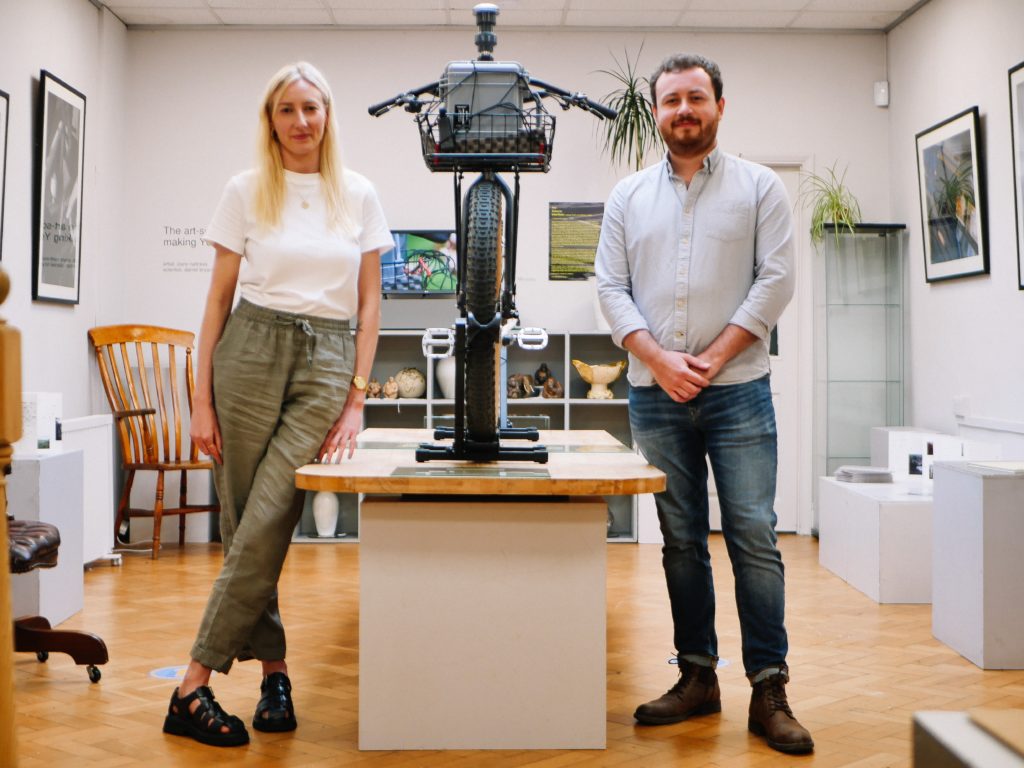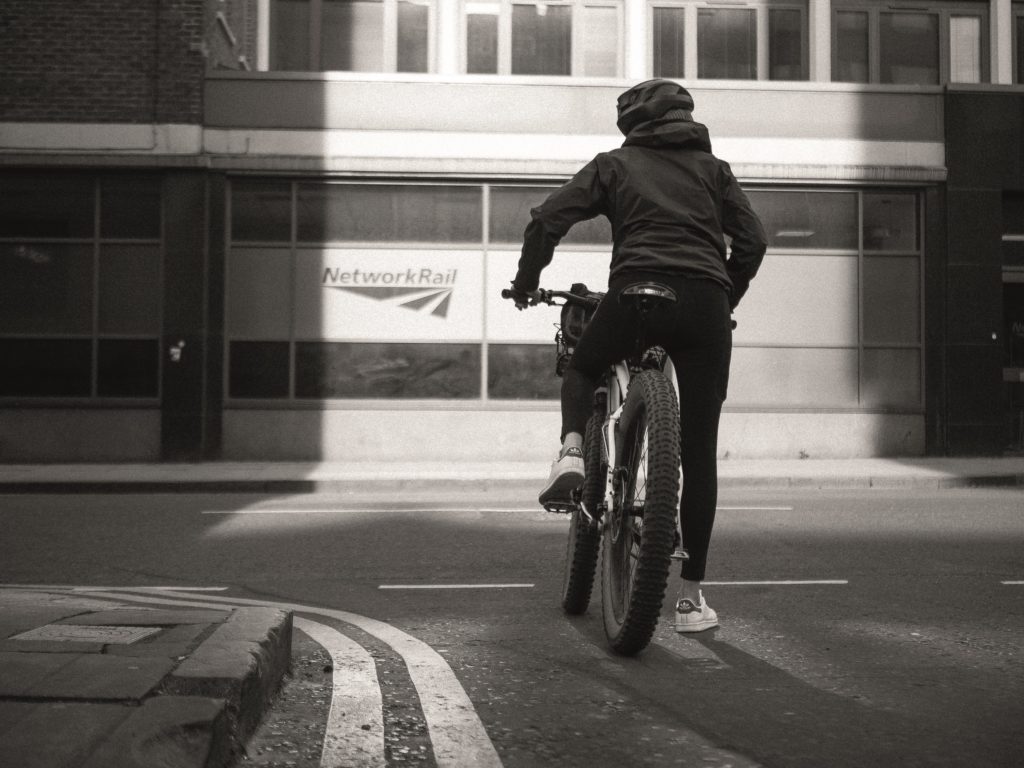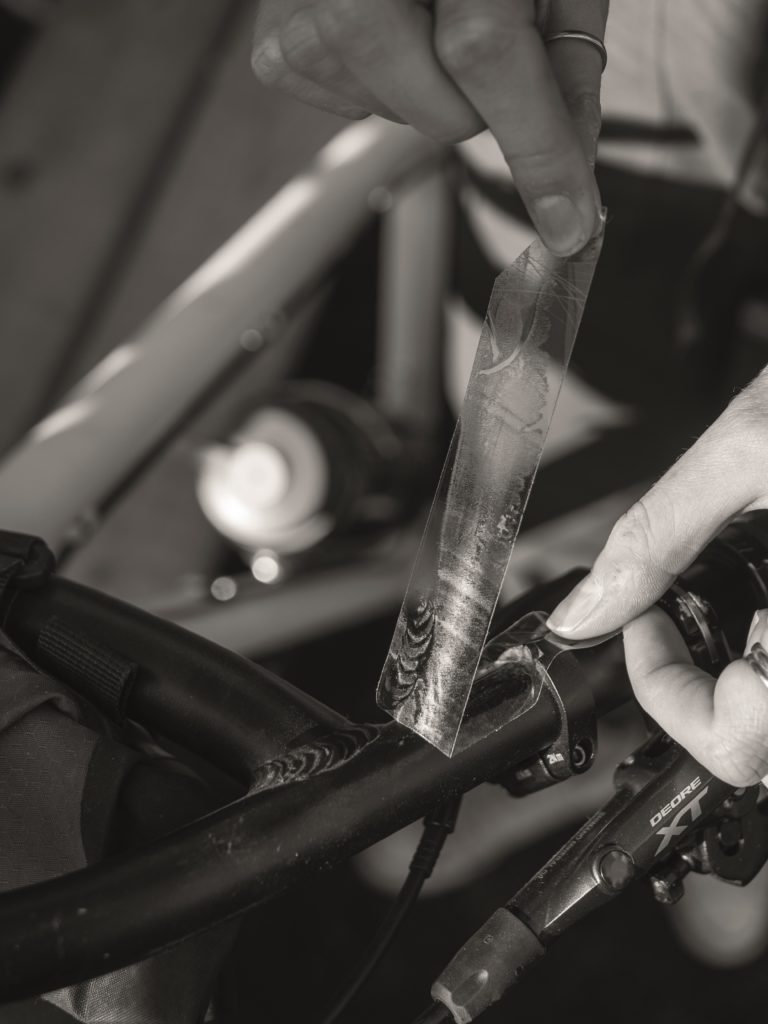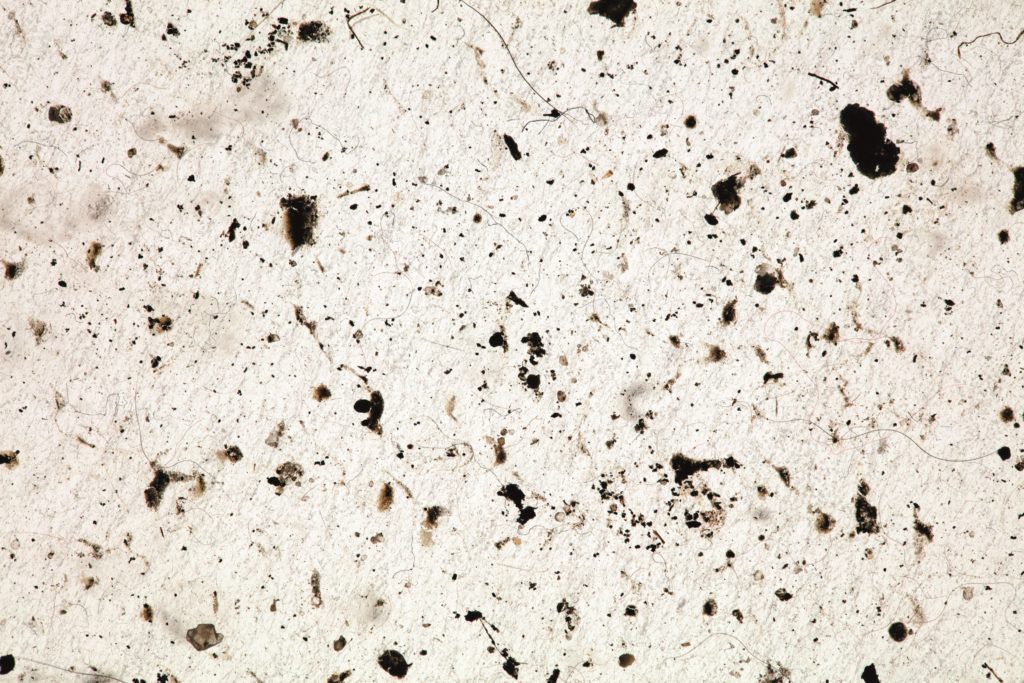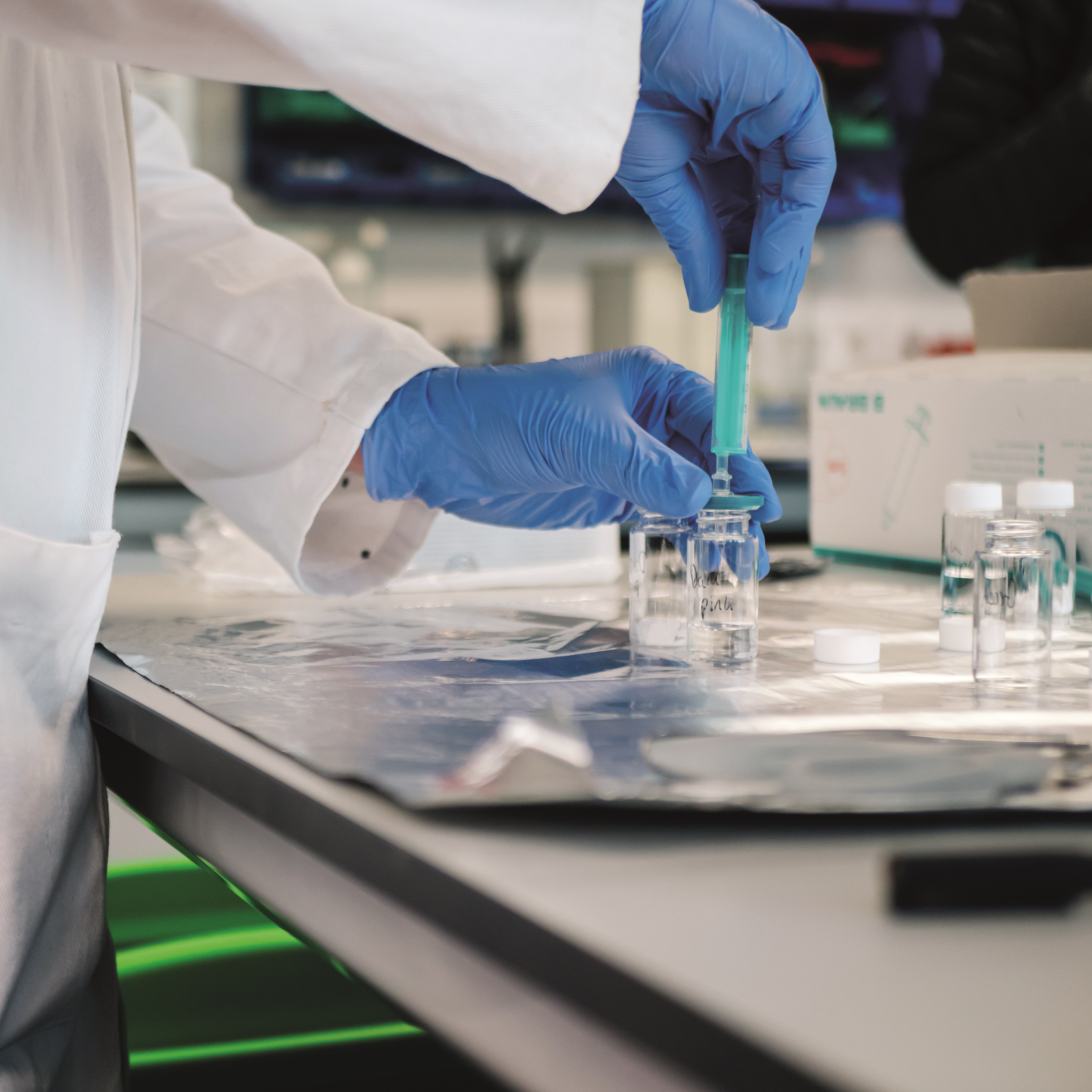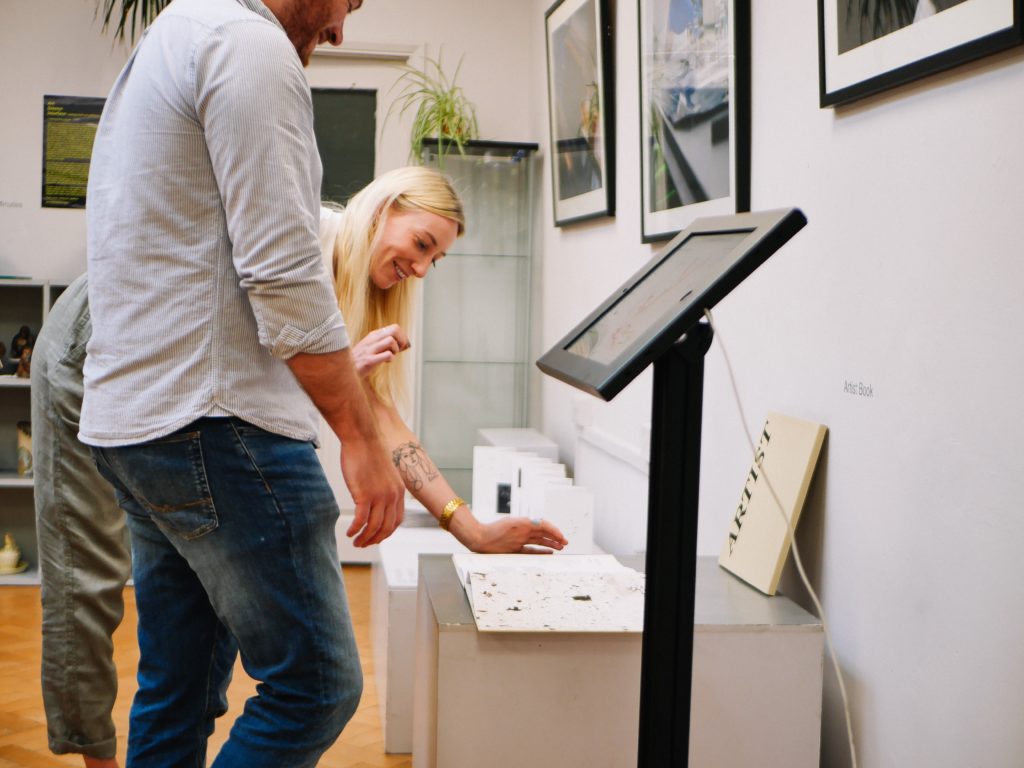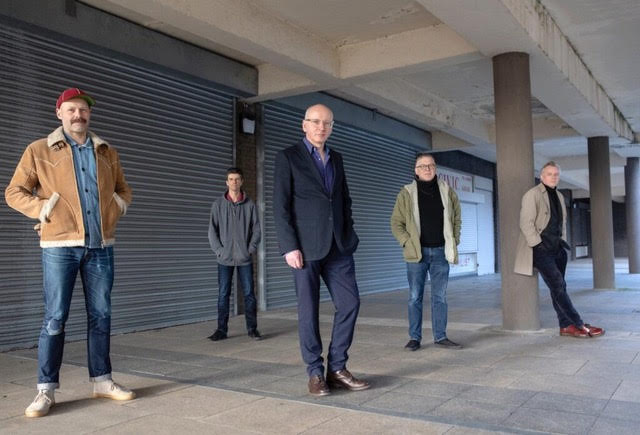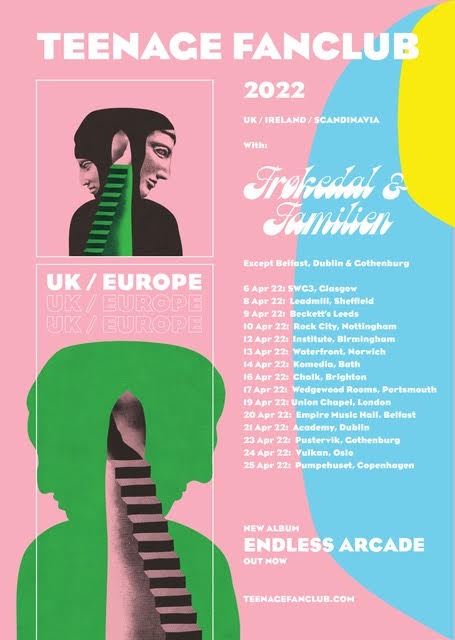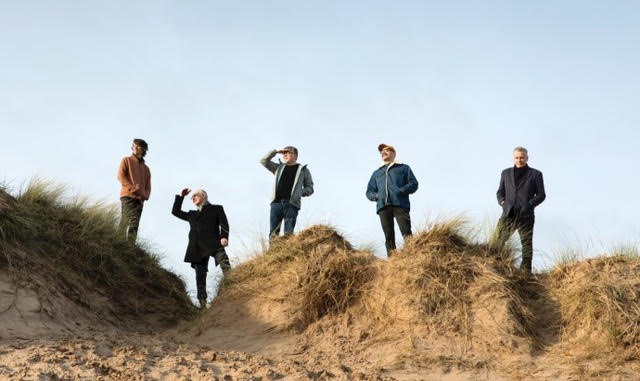
SHED Seven’s album of orchestral reworkings, Liquid Gold, arrives tomorrow on Cooking Vinyl as their 30th anniversary celebrations take to the road.
These gilded reinventions were recorded in collaboration with arrangers Fiona Brice and Michael Rendall, Rendall having teamed up with the Sheds for 2017’s Top Ten comeback album Instant Pleasures and 2024’s A Matter Of Time.
The track listing will be: Getting Better; Speakeasy; Devil In Your Shoes; On Standby; Going For Gold; Waiting For The Catch; Better Days; Parallel Lines; Disco Down; Ocean Pie; new composition All Roads Lead To You and Chasing Rainbows.
Already the York band have trailered the 12-track recording with a quintet of tasters: Speakeasy, Devil In Your Shoes, Getting Better, the BBC Radio 2 B-listed Waiting For The Catch duet with Issy Ferris, of UK folk/rock/Americana duo Ferris & Sylvester, and, most recently, Chasing Rainbows, their most streamed song of all time and perennial set closer.
Originally released on 1998’s Let It Ride, Chasing Rainbows has been reshaped with a string arrangement and plaintive piano before the Sheds furnish the song still further, giving its melancholy and yearning a deeper resonance.
Frontman Rick Witter says: “When we set out to re-record Chasing Rainbows for Liquid Gold, this particular track presented a different kind of challenge. We knew we were handling something with extreme care, as we understand just how significant Chasing Rainbows is to so many of you! It’s not just a song but a part of your lives and memories. We read your comments and felt the impact this song has had.

“In crafting this new version, we poured all that emotion and significance into it. As we worked in the studio, it became clear that this rendition embodies a collective spirit. It’s not meant to be better than the original but rather to stand as its sister, a cinematic alternative, like the closing scene of a movie. That’s why it sits proudly at the end of Liquid Gold. You can almost hear your voices singing long after the record has finished.”
On the heels of being named as ambassadors forNational Album Day, playing Blossoms’ Big Bank Holiday Weekend at Wythenshawe Park, Manchester, on August 25, and BBC Radio 2 In The Park in Preston on September 8, the Sheds head out on a record store tour of short sets and record signings tomorrow.
They also will perform six intimate shows to mark the 30th anniversary of their 1994 debut album, Change Giver, before their full-scale headline tour starts on November 14.
A year that began with Shed Seven topping the album charts for the first time in January with A Matter Of Time will end with Witter and guitarist Paul Banks going back to where the Sheds’ story began, when the two former Huntington schoolboys play acoustic shows at the Huntington Working Men’s Club in York on December 21 and 22.
The Liquid Gold album campaign has been given further impetus with a Bootleg Edition, featuring stripped-back artwork hand-stamped by a band member and five bonus tracks, available as a specially priced CD and on black double-vinyl.
Other formats include signed yellow splatter double-vinyl and a Live At York 2CD that adds a live album recorded at the brace of York Museum Gardens 30th anniversary gigs in July. The Sheds’ official store also offers fans the chanced to build their own custom album bundles. All pre-orders are on sale at shedsevenn.lnk.to/LiquidGoldPR
Shed Seven’s gig diary: September 27 to December 22

September 27, Manchester, HMV (1pm SOLD OUT)
September 27, Bury, Wax & Beans (6pm SOLD OUT)
September 28, Birmingham, HMV (1pm SOLD OUT)
September 28, Leamington Spa, Head Records (5pm SOLD OUT)
September 29, London, Rough Trade East (5pm SOLD OUT)
September 29, London, Rough Trade East (7pm SOLD OUT)
September 30, Southampton, Vinilo (1pm SOLD OUT)
September 30, Brighton, Resident Music (6.30pm SOLD OUT)
October 1, Bristol, Rough Trade (12 noon LOW TICKETS)
October 1, Bristol, Rough Trade (5pm SOLD OUT)
October 2, Nottingham, Rough Trade (12 noon SOLD OUT)
October 2, Nottingham, Rough Trade (6pm -SOLD OUT)
October 3, Sheffield, Bear Tree Records (12 noon SOLD OUT)
October 3, Liverpool, Jacaranda (7pm SOLD OUT)
October 4, Newcastle, Beyond Vinyl (6.30pm SOLD OUT)
October 10, Kingston-Upon-Thames, Pryzm, Change Giver show, hosted by Banquet Records (EXTRA SHOW ADDED)
October 11, Kingston-Upon-Thames, Pryzm, Change Giver show, hosted by Banquet Records (SOLD OUT)
October 12, Coventry, HMV Empire, Change Giver show (SOLD OUT)
October 16, Edinburgh, Assai Records (12 noon SOLD OUT)
October 16, Glasgow, HMV (5pm SOLD OUT)
October 17, Glasgow, SWG3, Change Giver show, hosted by Assai Records (SOLD OUT)
October 18, Manchester Academy 2, Change Giver show, hosted by Crash Records (SOLD OUT)
October 19, Leeds Beckett Student Union, Change Giver show, hosted by Crash Records (SOLD OUT)
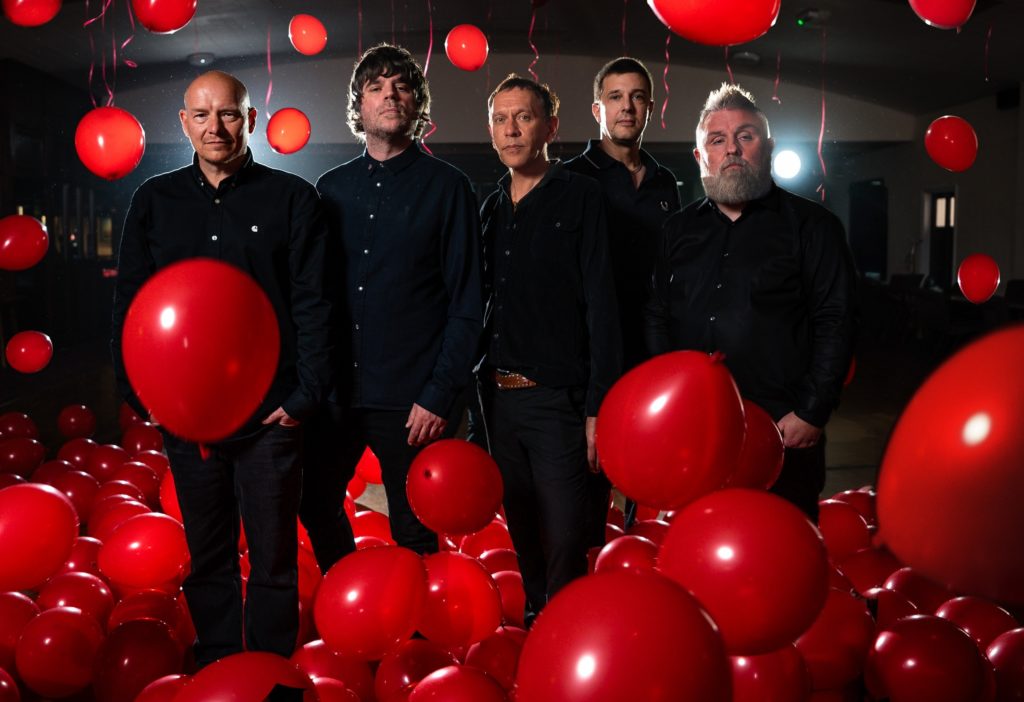
November 14, Sheffield Octagon (SOLD OUT)
November 15, Cardiff University Great Hall
November 16, Liverpool University Mountford Hall (LOW TICKETS)
November 18, Halifax, Victoria Theatre (LOW TICKETS)
November 19, Hull City Hall
November 21, Aberdeen Music Hall (SOLD OUT)
November 22, Glasgow O2 Academy (SOLD OUT)
November 23, Edinburgh O2 Academy (LOW TICKETS)
November 25, Leicester O2 Academy (LOW TICKETS)
November 26, Margate, Dreamland
November 28, Bristol O2 Academy (SOLD OUT)
November 29, Newcastle O2 City Hall (LOW TICKETS)
November 30, Leeds O2 Academy (SOLD OUT)
December 2, Oxford O2 Academy (SOLD OUT)
December 3, Lincoln, Engine Shed (LOW TICKETS)
December 5, Stockton Globe
December 6, Manchester O2 Victoria Warehouse (SOLD OUT)
December 7, Birmingham O2 Academy (SOLD OUT)
December 9, Norwich – The Nick Rayns LCR, University of East Anglia (SOLD OUT)
December 10, Cambridge, Corn Exchange (LOW TICKETS)
December 12, Bournemouth O2 Academy (LOW TICKETS)
December 13, Nottingham, Rock City (SOLD OUT)
December 14, London O2 Academy, Brixton (SOLD OUT)
December 21, Rick Witter & Paul Banks, Huntington Working Men’s Club, York, acoustic gig (SOLD OUT)
December 22, Rick Witter & Paul Banks, Huntington Working Men’s Club, York, acoustic gig (SOLD OUT)
For ticket availability, head to shedseven.com/gigs.

